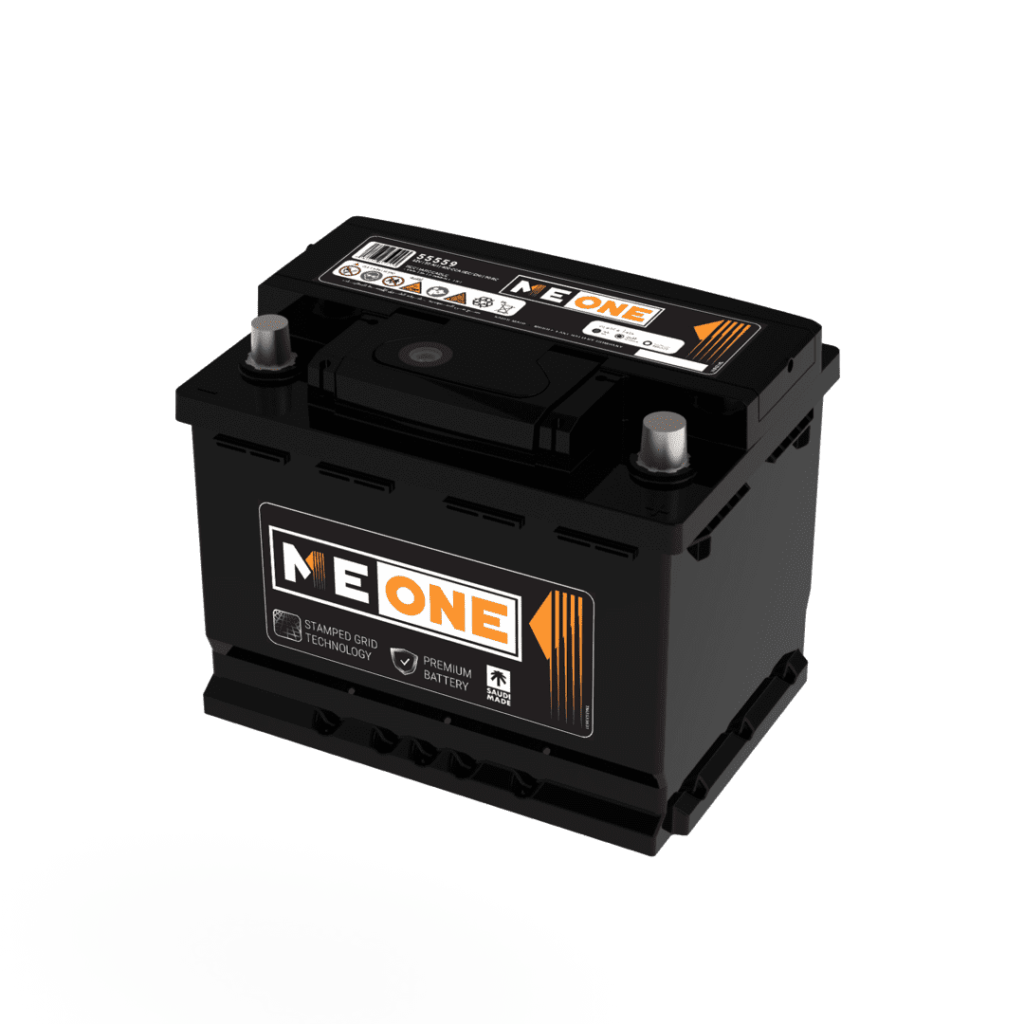
ADD YOUR VEHICLE
This battery application guide is provided solely for reference purposes. While every effort has been made to ensure accuracy, we cannot be held responsible for any unintended consequences or damages that may arise from the use of this guide. It is essential to consult with a qualified professional or refer to your vehicle’s manufacturer recommendations for battery selection and installation. Please use this guide responsibly and at your own discretion.

